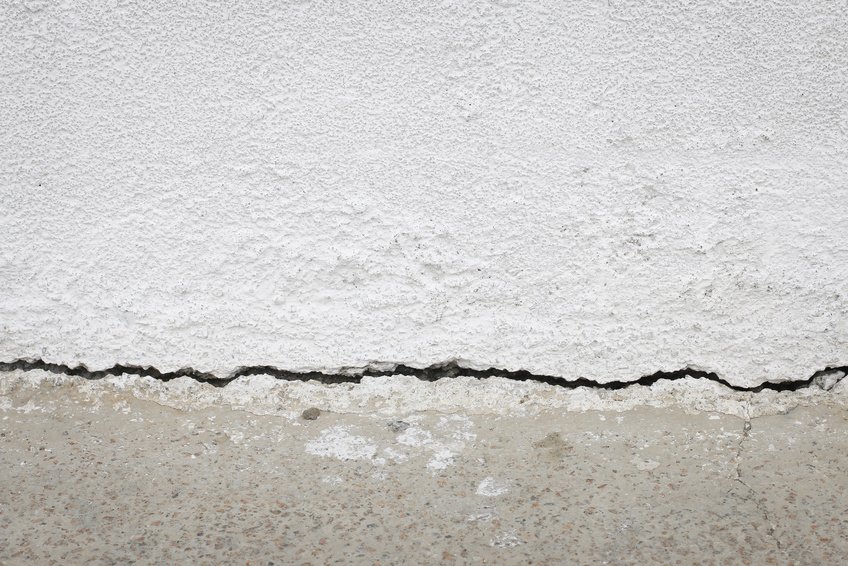Though some basements have no problem staying dry as an unbuttered biscuit, many, if not most, basements have water and moisture issues. In fact, over 98% of all homes that have basements will experience some type of water damage. Floods happen and are often unavoidable, but you can still take steps to keep your safe basement from more subtle, slow-building water damage. Often, the same steps that improve basement moisture issues also help your basement recover more quickly from an unpreventable flood.
The first step for solving basement moisture issues is recognizing the warning signs. Here are a few signs that your basement might be prone to moisture problems and flooding:
- Pooling Water at Ground Level
If you look out the window and see a puddle of water in your yard near the base of your house, it might be time for a trip to the basement, and then to the hardware store. If you have a leaky hose, overstuffed and dirty rain gutters, or a driveway with improper drainage, water can begin to pool near the edge of your home. As water drains through the soil near your home, it is more likely to end up in the basement. Be diligent about even small side-of-the-house puddles and repair outdoor features to keep your basement dry.
- Cracked Foundation Walls Any gaps or cracks in the foundation or walls of your basement make the space prone to “infiltration flooding.” The gaps provide channels for water that would normally flow through the ground an entry point for your basement. Consider calling a contractor or getting a waterproofing specialist to perform a basement inspection and to seal any dangerous cracks.
- A Persistent Musty Smell Some signs of moisture are harder to detect with your eyes. A musty smell can signal dampness in storage areas or other corners of your basement you can’t see. Musty smells can also indicate mold growth, which can damage the air quality of your home and make those with asthma or allergies sick. Remember, mold removal is only a temporary solution. Waterproofing and other moisture removal methods are essential to ensuring mold growth does not return.
Watching for clues of potential moisture issues in your home may be a hassle, but it can save you significant amounts of money over time. By looking for signs of moisture, and adapting basement waterproofing techniques when necessary, you can protect your home’s structure and your belongings from water damage.


